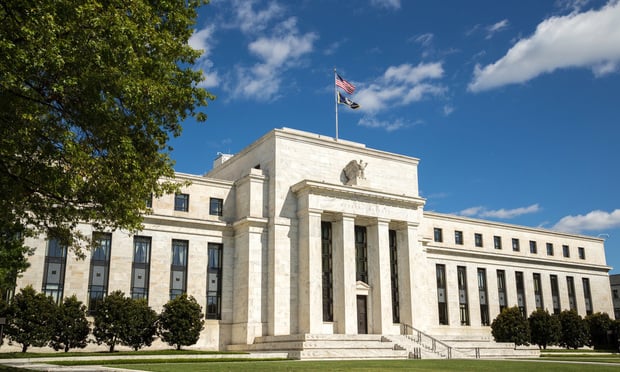Inflation is here, and shows no signs of stopping. The Consumer Price Index reached 283.716 points in February 2022, nearly 8% higher than in February 2021 – the largest year-over-year increase in 40 years. Investors are increasingly relying on the bromide that real estate can be a good inflation hedge. But some types can be a better hedge than others, says Gary Beasley, CEO and co-founder of Roofstock. And residential real estate—single-family rentals (SFRs) in particular—should be on an investor's radar.
"In an inflationary environment, residential real estate may offer a more balanced and reliable option compared to commercial properties or any other type of real estate investment," says Beasley. "Investors benefit from models like SFRs and multifamily rentals because annual leases allow them to reflect inflation in rent prices to offset increasing prices."
The residential market has taken off in the current age of inflation, with values and rent prices skyrocketing in the past two years. SFRs have been performing especially well, according to Yardi Matrix, keeping pace with multifamily's outstanding rent growth while still seeing a jump in sales prices of almost 19% last year. Meanwhile, Green Street predicts that the SFR market will remain healthy in the near term and offer better revenue growth than most commercial property sectors in the long term.
Beasley notes that as rent hikes mirror other inflationary factors, SFRs can be a particularly effective hedge against inflation. And since annual leases are the norm in residential real estate, investors can better align rental prices with rising expenses year over year.
"While real estate is a market that sees the impact of inflation, the ability to adjust rent prices serves as a shock absorber compared to other investments, like bonds," says Beasley. "Other [factors] investors should consider include the rising price of construction materials and labor for upgrades and repairs, migration patterns of renters in the wake of remote work, and local employment markets as many companies push for a return to the office."
Beasley thinks that the current inflationary cycle will boost real estate in the long term—even with some aggressive action by the Federal Reserve.
"A modest and predictable increase in rates should actually be beneficial for investors in the long run, as it should temper rates of appreciation, rather than letting prices run up to a level where absolute declines might be triggered," says Beasley. "As rates go up, we should not see asset price decline; more likely, we'll see the rate of appreciation slow [to], say, a high single-digit rate of appreciation this year—and should come closer to the long-term average around 4% over time."
So are SFRs the ideal inflation hedge for 2022? "I think investors need to appreciate that inflation is almost certainly here to stay, at least for this year, and acknowledge that your money needs to be somewhere," says Beasley.
© 2024 ALM Global, LLC, All Rights Reserved. Request academic re-use from www.copyright.com. All other uses, submit a request to [email protected]. For more information visit Asset & Logo Licensing.








